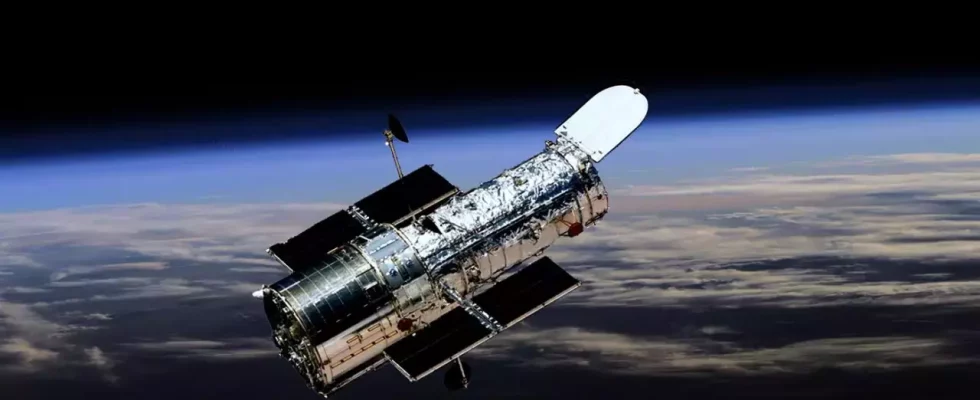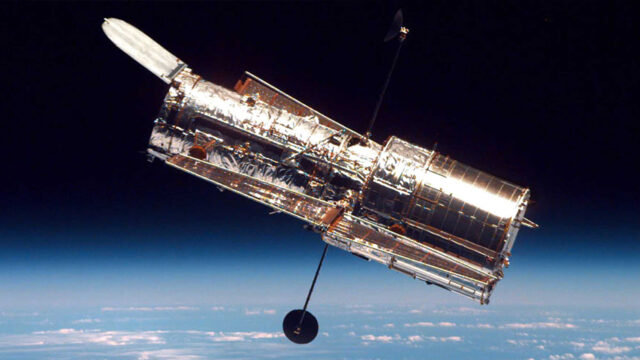NASA’s Hubble Space Telescope, which opened the mysterious curtain of space, has recently alarmed the entire space world. As a result of a malfunction, he stopped working for a short time. He put himself in safe mode. The telescope first experienced a problem with one of its gyroscopes on November 19. He returned to his duties full-time as of Friday. Here are the details…
The Hubble Space Telescope is working again!
The Hubble Space Telescope spent several weeks in safe mode due to a problem with one of its components. Then, it became active again on Friday, December 8th. The telescope first experienced a problem with one of its gyroscopes on November 19. It went in and out of safe mode several times over the next days.

The problem was caused by one of the telescope’s three working gyroscopes, which help point the telescope in the right direction. In fact, it was possible to operate the telescope with only one of them. But moving the telescope to a new target between observations would take longer. This would also cause loss of time during the observation period. NASA’s technical team found a solution to the problem. With all three gyroscopes now back in service, the telescope has returned to scientific operations.
Currently, two of the telescope’s instruments are online. Other devices will then be brought back online over the next few weeks. NASA made a statement on this issue: “Hubble’s two main cameras, Wide Field Camera 3 and the Advanced Camera for Surveys, resumed scientific observations on Friday. “The team plans to restart operations of the Cosmic Origins Spectrograph and the Space Telescope Imaging Spectrograph later this month.”
In recent years, Hubble has been overshadowed by the newer, more powerful James Webb Space Telescope. However, these two telescopes operate at different wavelengths. Therefore, it is important for astronomers to have access to both telescopes. Hubble primarily looks at the wavelength of visible light, which is equivalent to what the human eye sees. It also shows some sensitivity to ultraviolet and near-infrared wavelengths. This allows it to capture stunning images of nebulae and nearby galaxies.

